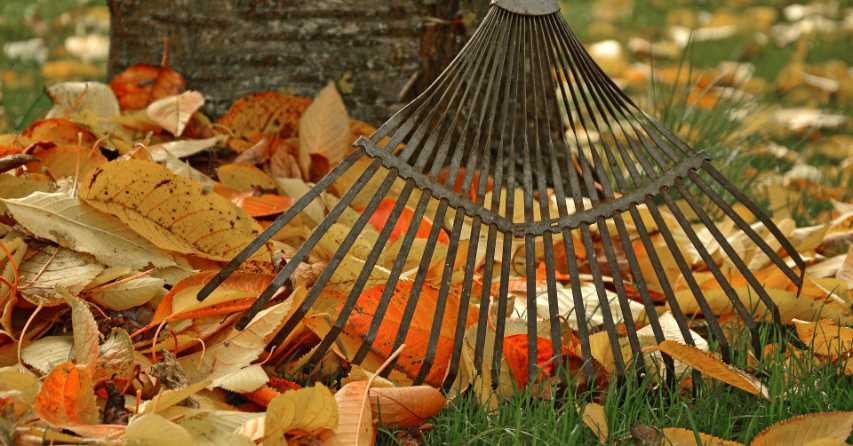
By: Stephanie Ferreiro | Economical Insurance
October 20, 2020
Each year, fall seems to come and go in the blink of an eye. It can feel like it goes from cool evenings and a faint smell of pumpkin spice to snow days and slippery sidewalks before you even have time to put on a toque. When it comes to your home, taking a little time to get prepared in the warmer weather could save you some headaches when winter starts blowing in. Wondering what you can do to get your property ready for fall and winter? Consider these tips:
- Clean out your eaves troughs and downspouts. Both are meant to direct water away from your home to prevent leaks all year long — but they can’t do that if they’re damaged or clogged with leaves or other debris. Fall is a good time to remove all debris and repair or replace any damaged sections.
- Turn off your outdoor water supply and drain exterior pipes, faucets, and hoses to prevent freezing. If you have an in-ground irrigation or sprinkler system, be sure to follow the manufacturer’s directions to drain it, too.
- Get your wood burning fireplace and chimney in order. This means having them professionally inspected and cleaned, as well as making sure the area surrounding your fireplace is set up for a safe burning season. Learn more about fireplace safety before it’s time to light yours up. Bonus tip: Do you have a wood stove or pellet stove? Both require you to take special safety precautions.
- Prepare your home’s heating system for the season. This could include:
- Calling in a professional if your furnace is due for an inspection or tune-up (check the owner’s manual to find out when this should be done)
- Replacing any filters that might still be dirty from last winter
- Dusting all heating vents and making sure they’re clear of obstructions like furniture, carpeting, or curtains
- Re-programming your smart thermostat
- Making eco-friendly updates to save energy and lower your heating bills.
- Test or replace the batteries in your carbon monoxide detectors. Make sure you have working carbon monoxide detectors on each floor of your home — and remember to follow the maintenance instructions to prevent carbon monoxide poisoning.
- Reverse your ceiling fans. Many ceiling fans can be set up to change direction (from counter-clockwise to clockwise) and run on a lower speed in the fall, which allows warm air to be pushed down from the ceiling. This can help you save energy and money.
- Re-seal drafty windows and doors. Keep the warm air inside and the cool air outside by re-caulking around window and door casings (if needed), as well as checking the weather stripping on your doors. Bonus tip: Try closing your door on a piece of paper. If you can slide the piece of paper up and down along the doorframe without ripping it, it’s probably time to replace the weather stripping on your door.
- Get your roof in shape for snow-load season. Have a professional thoroughly inspect your roof (inside and out) and have any damaged areas repaired before the snow starts.
- Cut and clear your lawn. Long grass and piles of leaves can make perfect nests for insects and rodents. Plus, if snow falls before you have a chance to cut your lawn and clear away the leaves, it can lead to snow mould and other fungal issues. When it’s time for the last lawn-mowing of the year (after your lawn has stopped growing), lower your blades one notch and go for a shorter cut. It’s okay to leave some grass clippings on the lawn itself, but you’ll want to clear away any large piles of leaves and other debris, paying special attention to the areas surrounding your home’s foundation.
- Repair cracks in your home’s foundation. You can usually do this from the inside, rather than having to dig around the outside of your foundation. This can help protect your basement from flooding when the snow starts to melt next spring.
If your fall preparation finds you making any major changes to your property, be sure to reach out to us to make sure you have the coverage you need during and after your renovations.
The content in this article is for information purposes only and is not intended to be relied upon as professional or expert advice.
Looking for Home Insurance? Talk to Whitley Newman today
